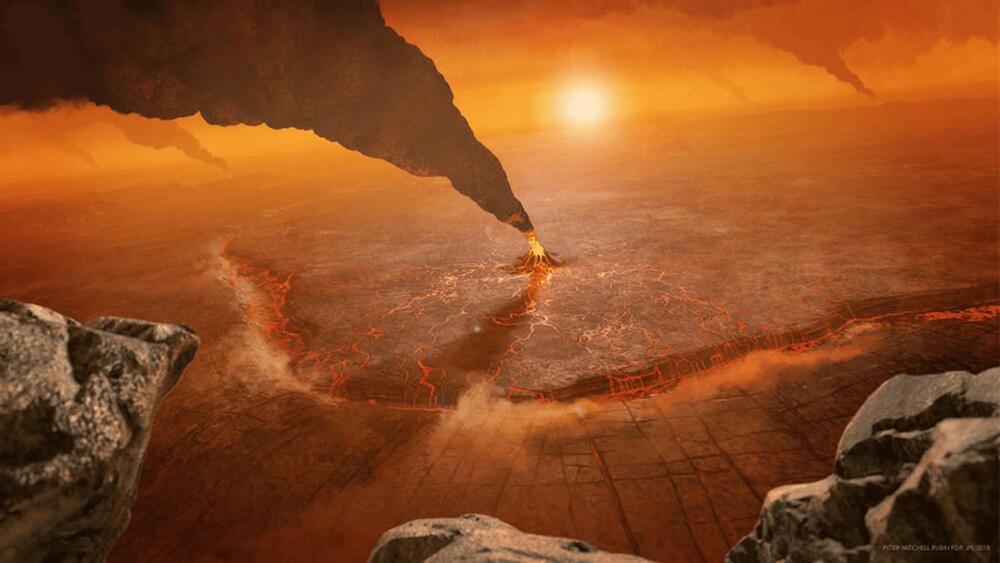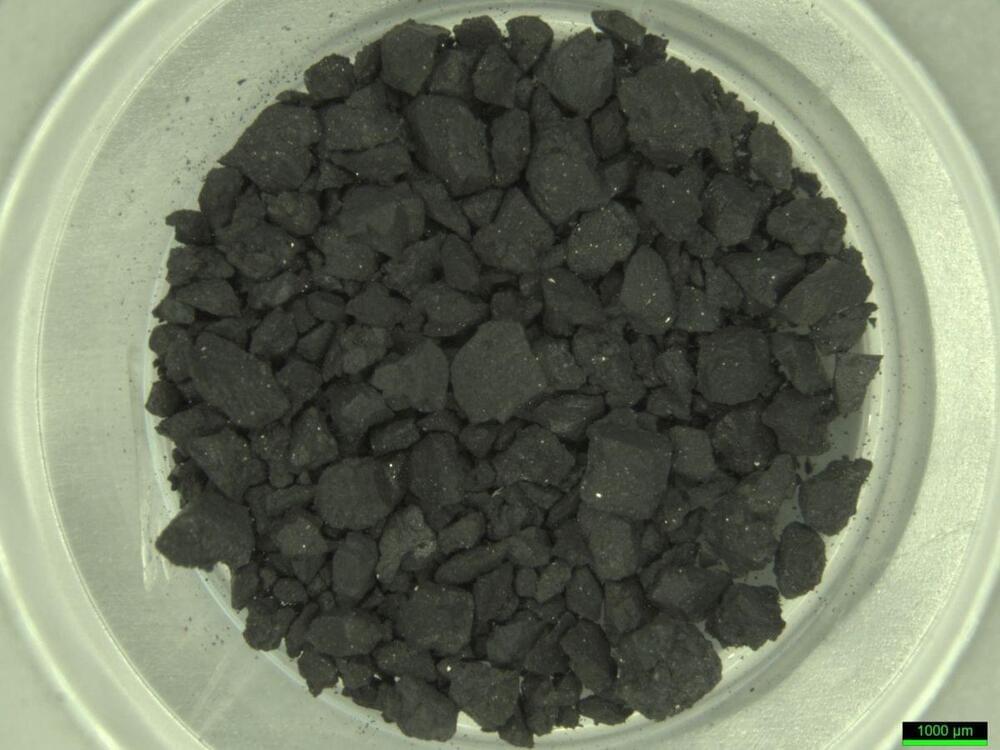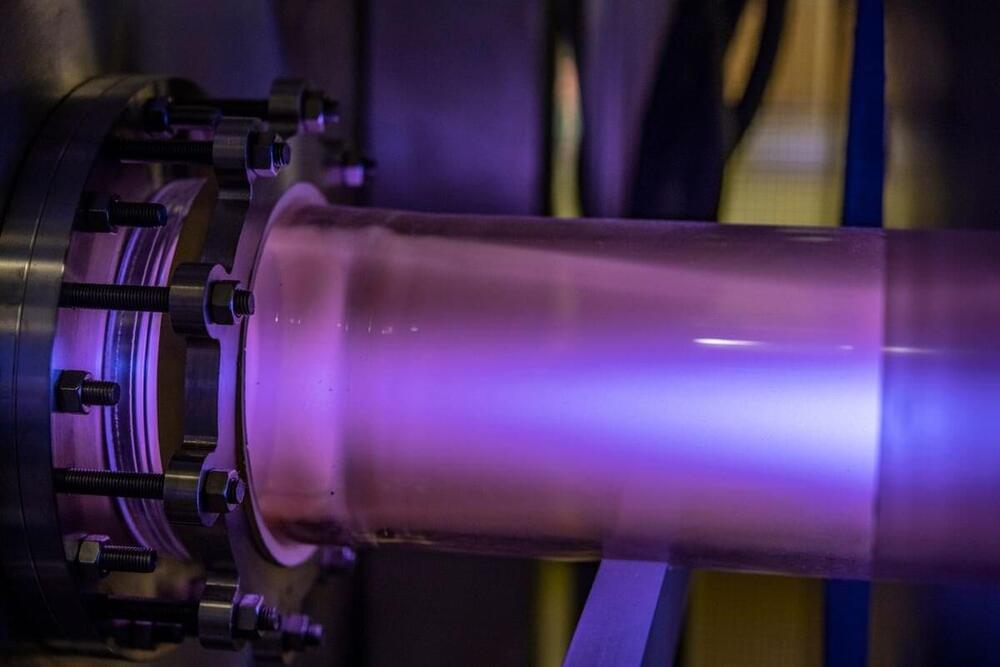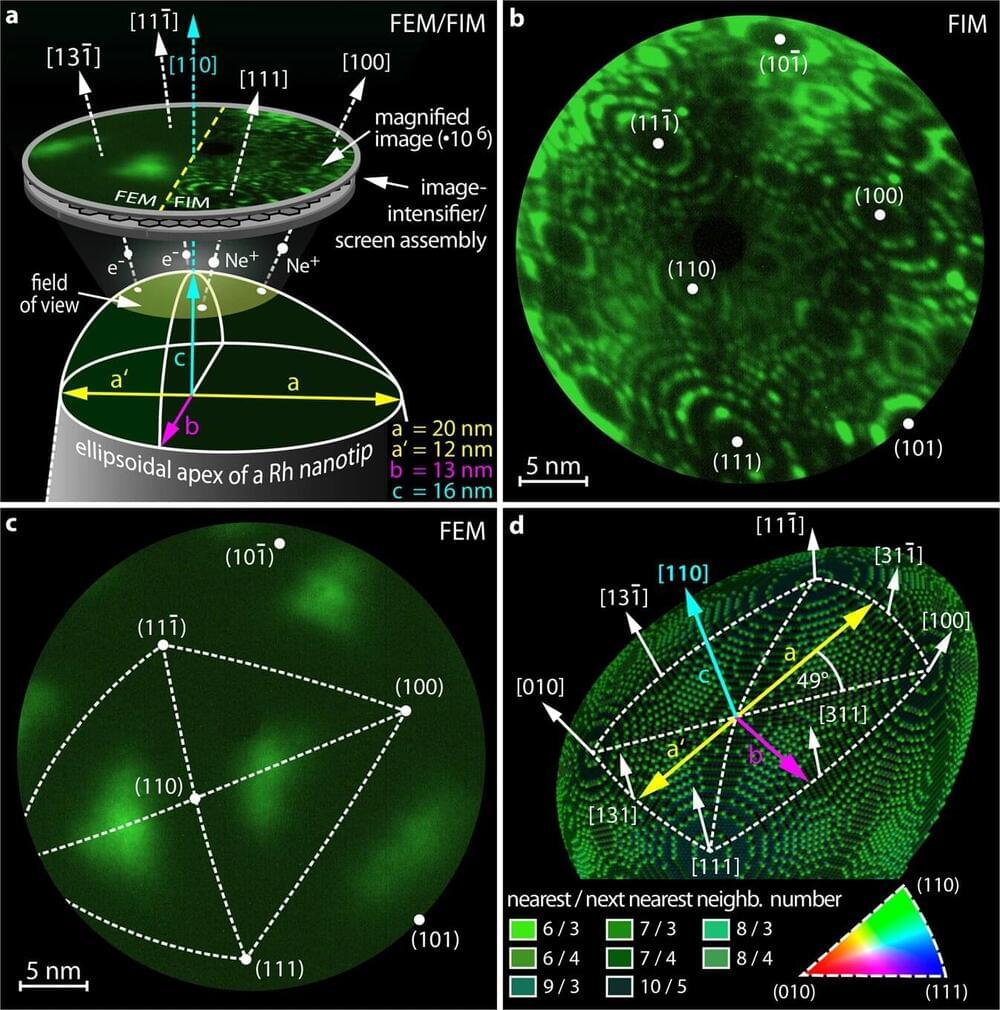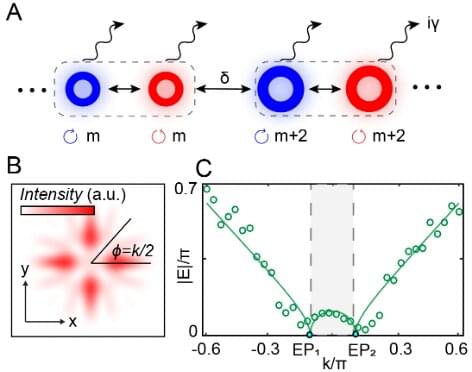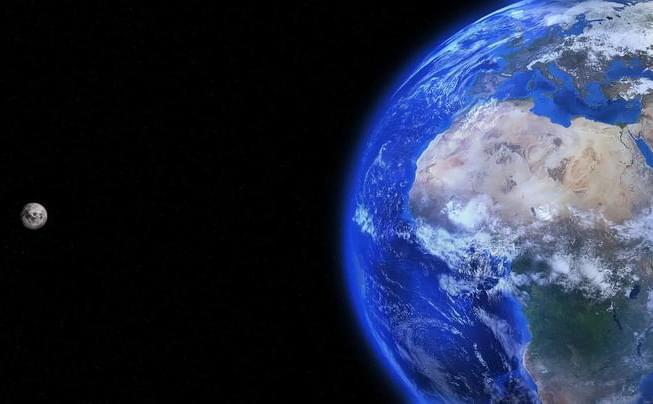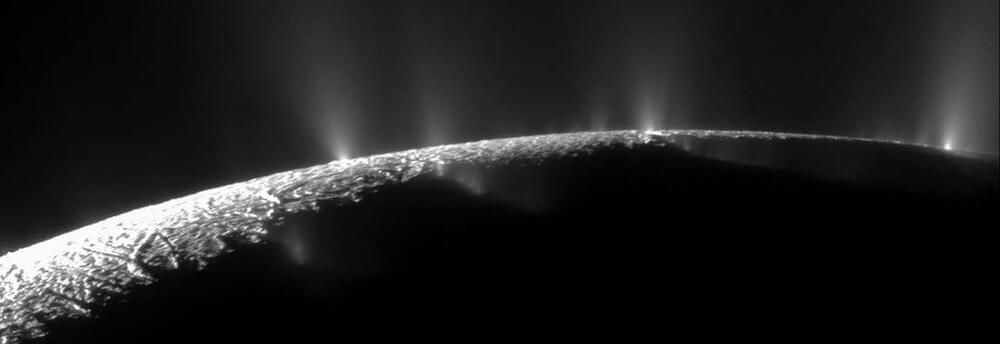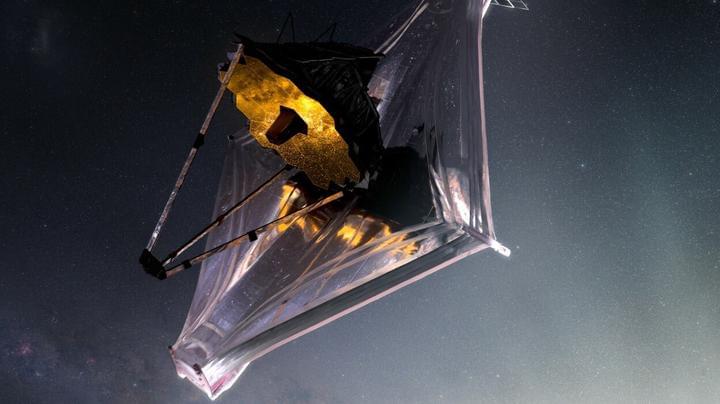These peculiar geological structures could explain a long-standing mystery of how Venus loses its heat.
Given Venus and Earth are both rocky planets with roughly the same size and chemistry of their rocks, they should be losing their interior heat to space at a similar rate. How Earth loses its heat is well known, whereas Venus’ flow process remains a mystery.
How does Venus, the hottest planet in the solar system, lose its heat?
NASA/JPL-Caltech/Peter Rubin.
According to a news release from NASA, new research has taken a fresh look at how Venus cools using data from the NASA Magellan mission that spans three decades and discovered that thin parts of the planet’s uppermost layer might provide an answer.
